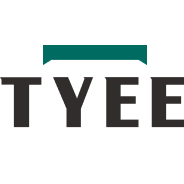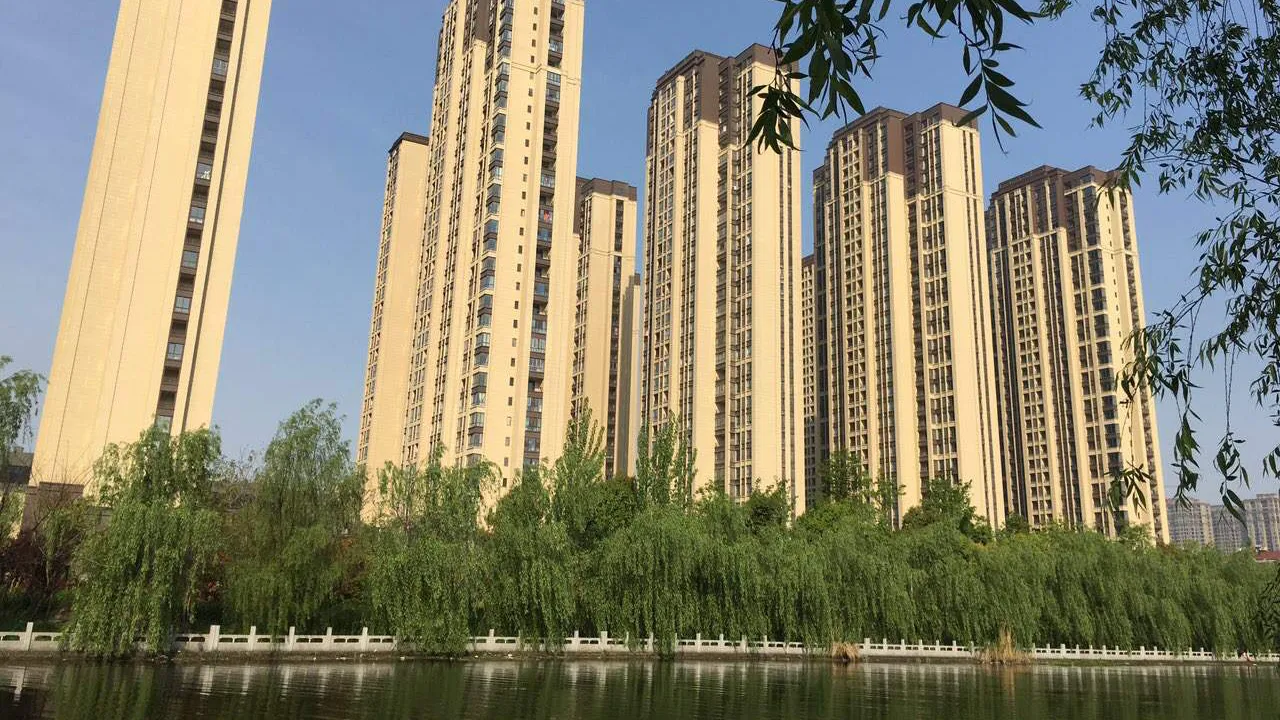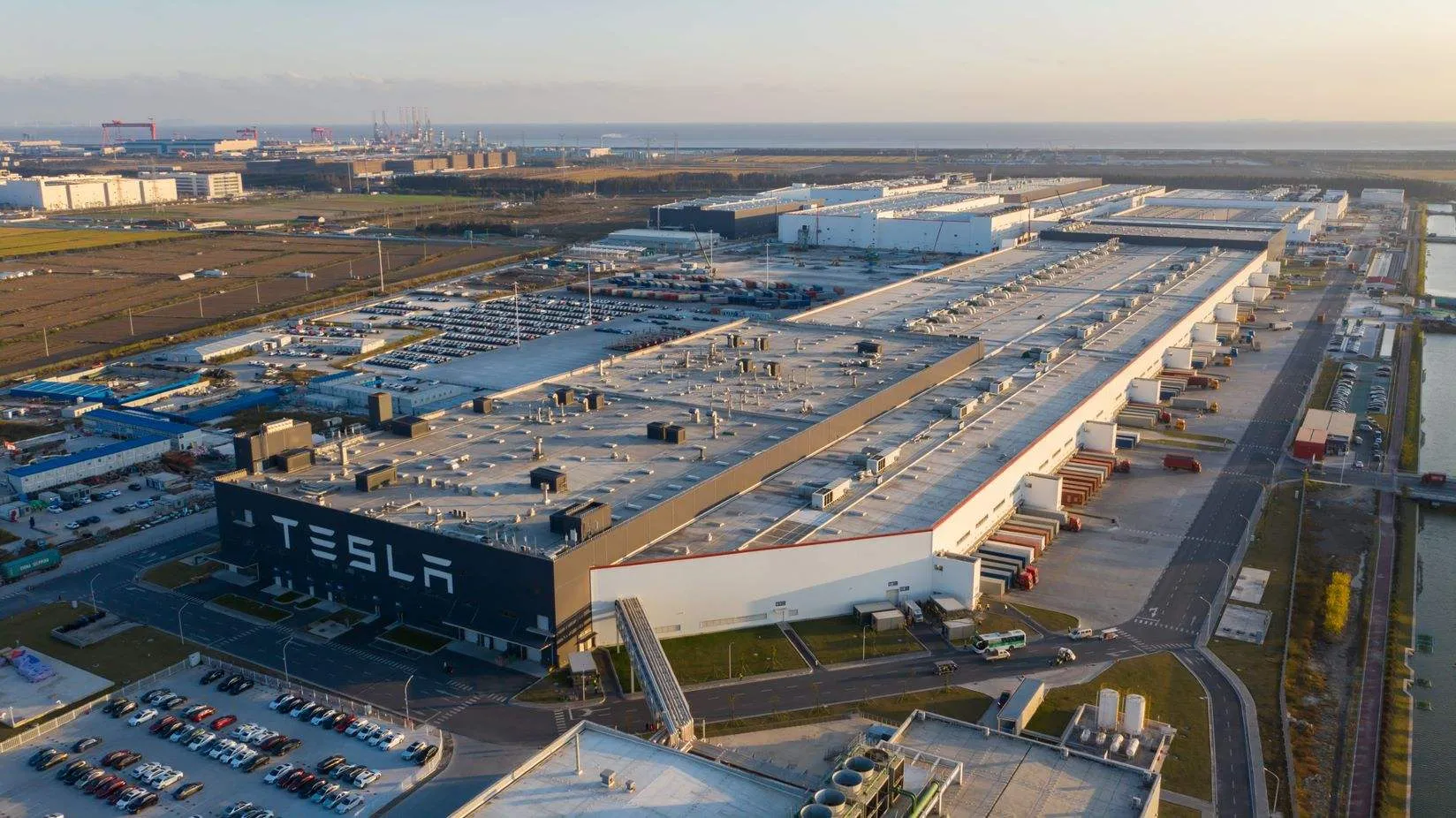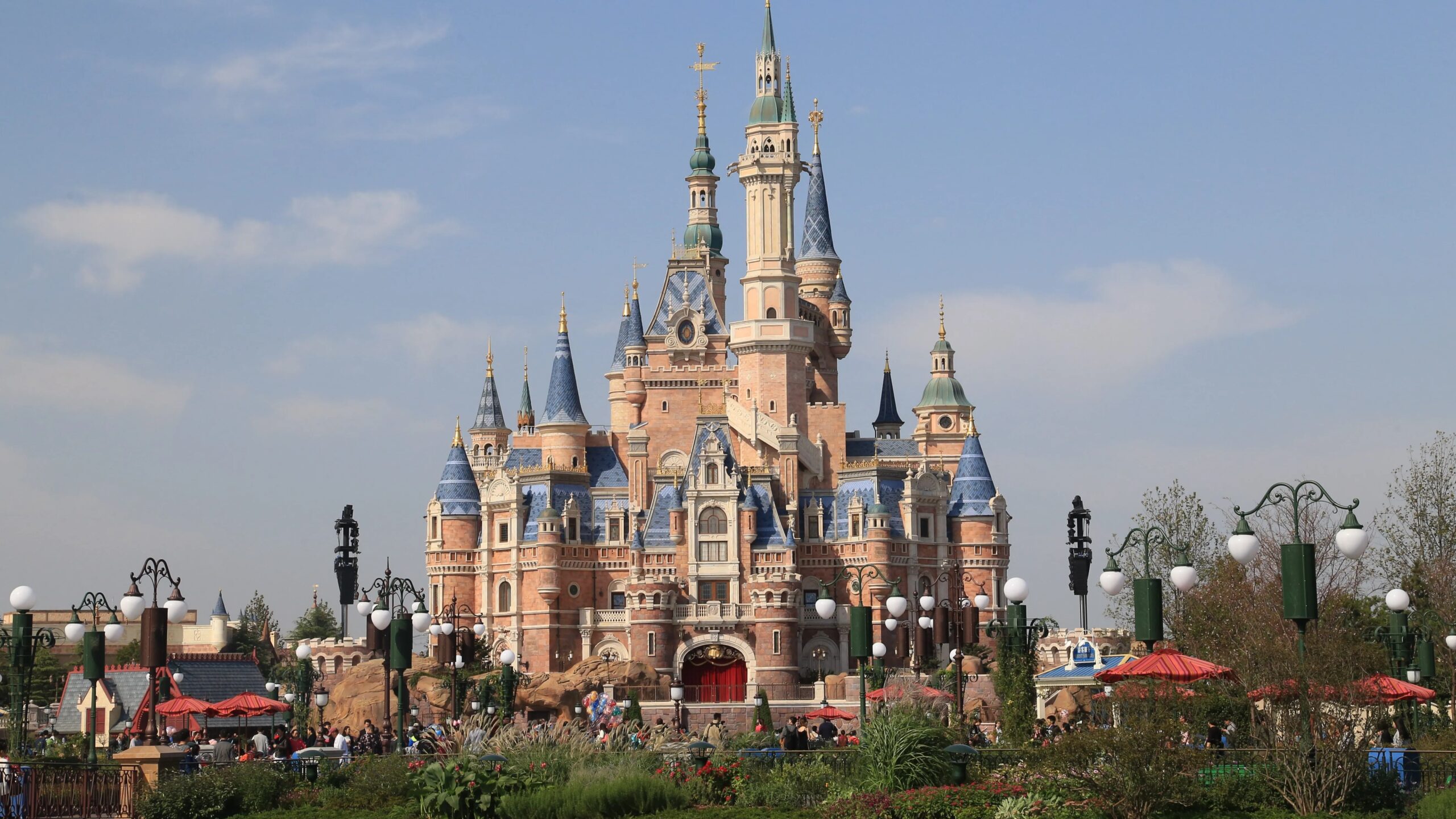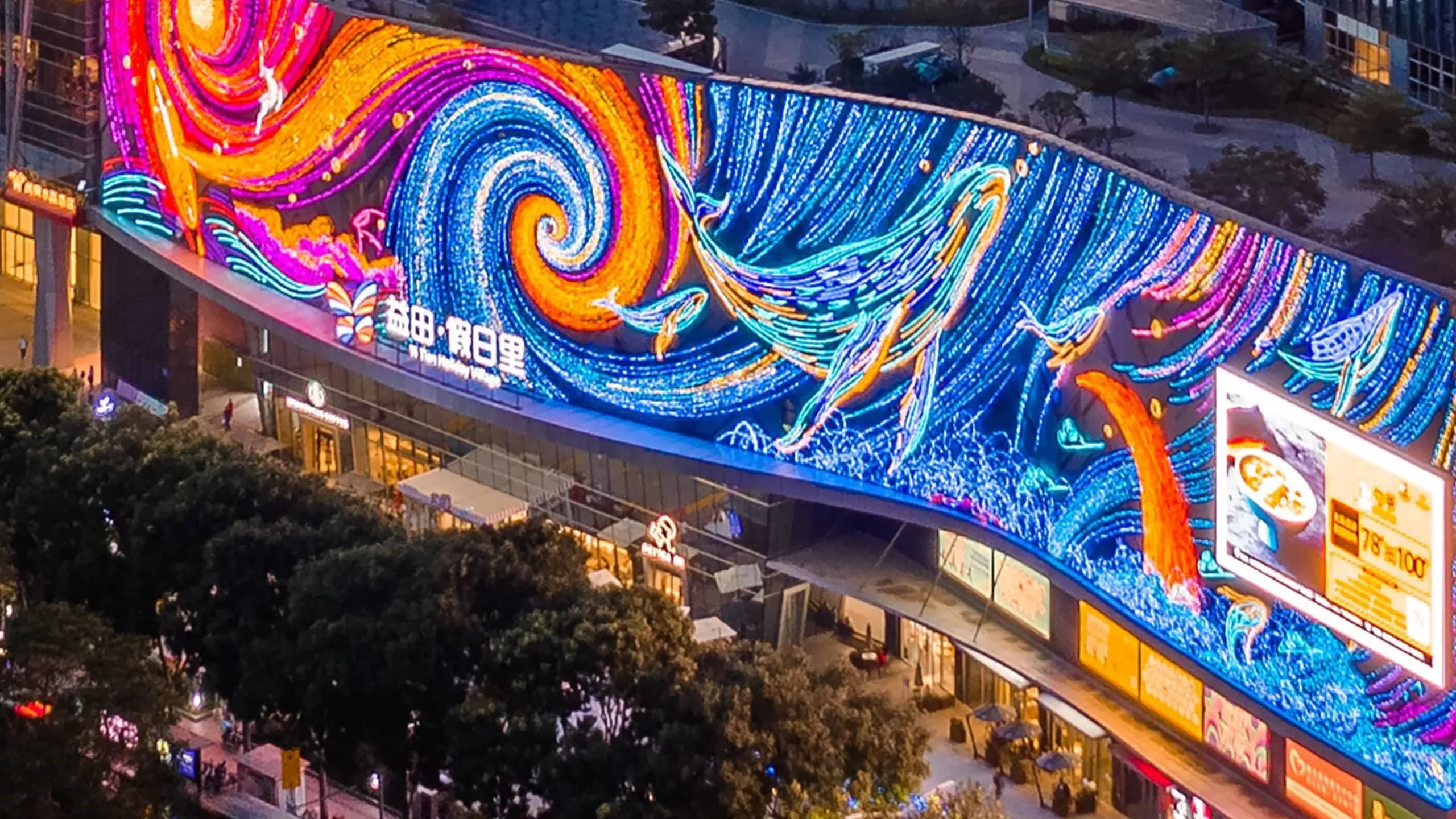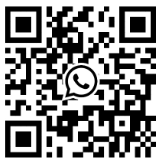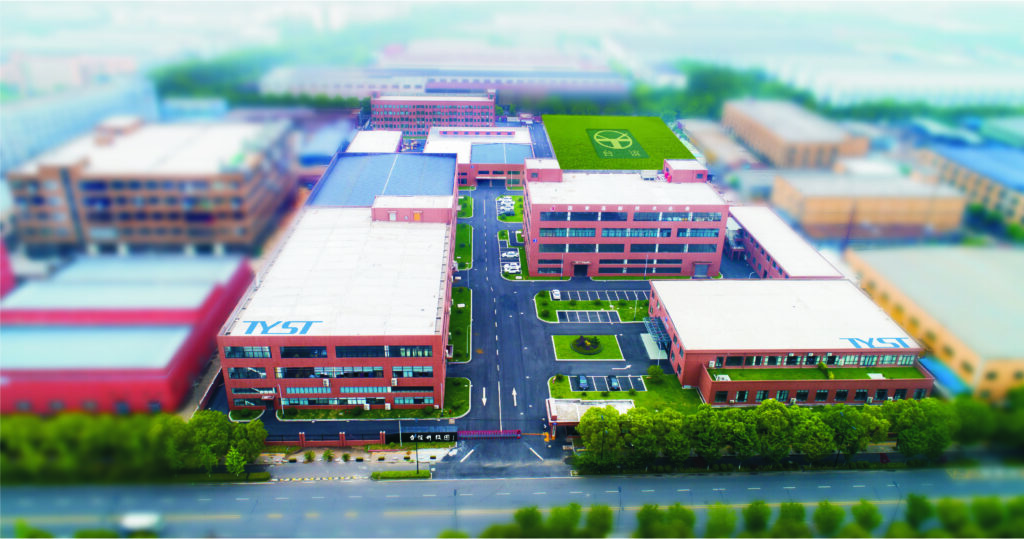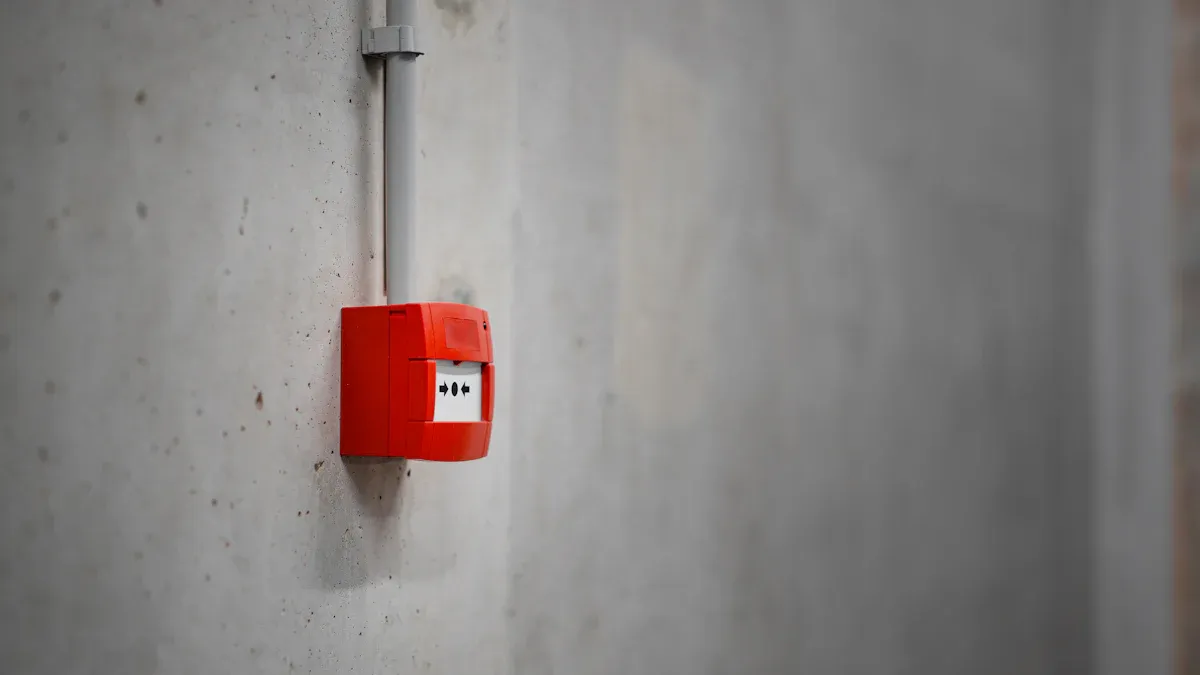
Tyee fire alarm system design is very important for keeping office buildings safe in 2025. Most fires in commercial spaces happen because of cooking accidents, bad wiring, or heating equipment. Tyee fire alarm system solutions use smart detection and fast alarms. This helps stop emergencies and keeps people safe. These systems handle special risks in commercial and office buildings. They help follow safety rules and keep businesses running. Tyee fire alarm system design gives trusted protection. It connects commercial fire alarm systems to protect big office buildings from fire dangers.
Key Takeaways
Tyee fire alarm systems have smart sensors and quick alarms. They help keep big buildings safe from fire dangers like cooking mistakes and bad wiring.
When making fire alarm systems, the main goal is to keep people safe. The system should be able to grow if the building gets bigger. It should also work with other building systems like HVAC and security.
Addressable systems can show the exact spot of a fire. They have fewer false alarms and are easier to fix. This makes them great for large or tricky buildings.
Wireless and hybrid systems are easy to put in and move around. They use AI to find fires early. These systems are good for old or hard-to-wire buildings.
Testing often, making upgrades, and keeping good records help fire alarm systems work well. This also makes sure they follow the 2025 safety rules.
Key Design Considerations
Occupant Safety
Keeping people safe is the most important part of fire alarm system design for commercial buildings. Designers look at the building’s layout and find fire risks. They pick the right fire detection devices for each area, like smoke and heat detectors. Commercial fire alarm systems use lights and sounds to warn everyone, even those with hearing or vision problems. Emergency lights and clear signs help people find the way out. Good notification systems and regular tests make sure the system works when needed. By following local fire codes and national rules, designers help save lives and keep every commercial space safe.
Tip: Put smoke detectors in offices, hallways, stairs, and storage rooms to cover all fire risks.
Scalability
Scalability means the fire alarm system can grow as the building gets bigger. Large office buildings often change or expand over time. A modular system lets teams add new detectors, panels, or alarms as needed. This saves money and keeps the system current. For big projects like Port Praski, scalable systems fit new spaces and needs. Extra power supplies and backup communication help the system stay strong and ready for emergencies.
Integration
Integration links the fire alarm system with other building systems in commercial spaces. Modern fire alarm systems work with HVAC, security, lighting, and access control. This lets the system turn off air systems, unlock doors, and turn on emergency lights during a fire. Central monitoring gives real-time safety updates and helps first responders act fast. IoT technology allows remote checks and helps fix problems before they get worse. Integrated fire alarm system design makes buildings safer, easier to manage, and ready for new technology in the future.
Tyee Fire Alarm System Types

Tyee fire alarm system design gives many choices for businesses. Each type helps different places like offices and shopping malls. Tyee fire alarm systems use new technology to find fires early. They also give fast alarms and strong protection. The TY2001 automatic fire alarm system is special. It uses more than one sensor, smart controls, and quick alarms. These things help the system meet tough safety rules and keep businesses safe.
Note: Picking the best fire alarm system depends on how big the building is, its shape, and if it might grow later.
Here is a table that compares the main fire alarm system types from Tyee:
System Type | Technology & Features | Installation & Maintenance | Suitable For |
|---|---|---|---|
Conventional | Basic zone-based system; simple wiring; no unique device addresses | More wiring; regular inspection & testing; higher maintenance effort | Smaller or simpler buildings |
Addressable | Digital technology; each device has unique address; precise fire location info | Loop wiring reduces wiring needs; easier to scale; fewer false alarms; programmable thresholds | Larger, complex buildings, campuses |
Wireless & Hybrid | Wireless sensors; AI-driven multi-sensor fusion; machine learning for accuracy | Minimal wiring; flexible installation; self-healing networks; scalable and reliable | Historic, temporary, or wiring-challenged buildings |
Addressable Systems
Addressable fire alarm systems from Tyee fire give strong safety for big buildings. Every device in the system has its own address. This lets the system show the exact spot of an alarm. Fast and clear info helps emergency teams act quickly. Addressable systems have fewer false alarms. They watch each device and use special settings. Maintenance teams can find and fix problems faster. This makes the system work better.
Tyee fire addressable systems, like the TY2001, use many sensors and digital signals. The system uses loop wiring. This makes putting it in easier and helps if you want to add more later. These systems work with building management tools. They help smart cities and follow safety rules. They also use IoT for live checks and phone alerts. Data tools help spot fire risks and help teams act faster.
Tip: Addressable fire alarm systems work best for tall office buildings, school campuses, and big business centers that need exact alarm spots and can grow bigger.
Here are main reasons why addressable systems are good for big buildings:
They show the exact spot of each alarm, so help comes faster.
The system can grow and handle many zones in big buildings.
Special settings let the system control lifts and air systems during a fire.
The system has fewer false alarms because it knows real fires.
Maintenance is easier since the system shows which device needs help.
Loop wiring makes it simple to set up and add more later.
Conventional Systems
Conventional fire alarm systems use simple zone-based tech. Each zone covers part of the building. Alarms show which zone has a problem. These systems cost less and work well for small offices. Putting them in is easy, but more zones mean more wires. Conventional systems cannot show which device set off the alarm, just the area.
Maintenance teams must check every device in a zone to find problems. This takes longer in big buildings. Conventional systems have more false alarms. They do not work with new building management tools. They are best for small offices, clinics, storage, and short-term buildings.
Note: Conventional fire alarm systems cost less at first but are not the best for big or tricky buildings.
Wireless and Hybrid
Wireless and hybrid fire alarm systems from Tyee fire are flexible and save money. Wireless systems use sensors that talk to the control panel without wires. This makes setting them up fast and easy. They are great for old buildings, short-term places, or spots where wires are hard to use. Hybrid systems mix wired and wireless tech for strong and flexible use.
Wireless fire alarm systems are great for updating old offices or adding to current systems. They use AI and many sensors to find fires better and cut down on false alarms. Hybrid systems let you add more over time, which saves money for growing companies. Both types use self-fixing networks, so alarms still work if some devices stop.
Tip: Wireless and hybrid fire alarm systems cover all areas and are easy to put in for buildings with special designs.
Tyee fire alarm systems can work with phones for live alerts and checks. Long battery life and smart checks mean less fixing is needed. These things make wireless and hybrid systems a good pick for modern office buildings.
Fire Alarm System Components
A modern fire alarm system in a big building has many important parts. Each part helps find fires early, warn people fast, and help everyone get out safely.
Control Panels
The control panel is like the brain of the fire alarm system. It gets signals from all the detectors and decides when to sound the alarm. New control panels use cloud technology. This lets people check and control the system from anywhere. These panels can update their software by themselves. This means less work for maintenance teams. The control panel can also work with other building systems. It can turn off HVAC or unlock doors if there is a fire.
Detectors
Detectors are the first tools to spot a fire. Smoke detectors come in different types and react to different fires. Some detectors use more than one sensor to check for smoke, heat, or carbon monoxide. Smart detectors help stop false alarms. Air Sampling Smoke Detection systems pull in air to find tiny smoke before you can see it. These detectors are good for places like office towers and data centers where early warning is important.
Smart wireless smoke and heat sensors find fires early and cause fewer false alarms.
Wireless detectors with batteries can go almost anywhere and are easy to add.
Plug-and-play devices make it simple to set up in new or old buildings.
Notification Devices
Notification devices tell people to leave the building quickly and safely. These include horns, bells, flashing lights, and voice alerts. Many systems use more than one way to warn people, like sirens, phone alerts, texts, and calls. Voice alerts can give special instructions for each area. Digital signs and color maps help people who cannot hear or when there is a lot of smoke. Testing these devices often makes sure they work in an emergency.
Notification devices must follow safety rules and use both sound and lights.
Connecting to mass notification systems helps everyone get the message and stay safe.
Manual Stations
Manual fire alarm stations, or pull stations, let people set off the alarm if they see fire. These are put near exits and busy places. They must have both sound and flashing lights and connect to the main system. The table below shows what is needed for different buildings:
Occupancy Type | Additional Notes | |
|---|---|---|
General Commercial | Pull stations near exits and stairwells | Alarms must provide sound and flashing lights; comply with NFPA 72 standards |
Healthcare Facilities | Pull stations near exits, nursing stations | Bed shakers for hearing impaired; voice systems often needed |
Educational Buildings | Pull stations required; exceptions for older buildings | Voice/alarm systems for >100 occupants; renovations must meet current standards |
Checking and fixing manual stations often keeps them ready to use.
Power Supply
A good power supply keeps the fire alarm system working in any emergency. The system uses main power and backup batteries. If the main power goes out, the batteries keep the alarms and control panels working. Some systems check their own power and send alerts if there is a problem. Good power planning helps the system grow and last a long time.
Tip: Always test backup batteries and power during regular checks to make sure the system will work.
Fire Alarm System Design and Compliance
2025 Codes and Standards
Fire alarm systems in big buildings must follow strict rules in 2025. These rules help keep people safe and make sure the system works well. The main rules are NFPA 72, NFPA 101, the National Electrical Code, OSHA, and local fire codes. Each rule tells how to put in, use, and take care of the system.
NFPA 72 gives steps for designing, putting in, and testing fire alarm systems. It explains where to put detectors, how far apart they go, and how to power them.
NFPA 101 is about fire and life safety. It makes sure alarms work with escape plans and emergency lights.
The National Electrical Code says smoke detectors must use building power and have backup batteries. This keeps alarms working if the power goes out.
Local rules, like the San Francisco Fire Code, can add more steps. These might include how loud alarms are, getting permits, or connecting alarms to sprinklers and HVAC.
Designers look at the building’s shape and use. Tall, old, and mixed-use buildings need special fire alarm plans. Kitchens need heat detectors. Electrical rooms need smoke detectors that find small amounts of smoke. Warehouses need special sensors for big open areas.
Escape paths must follow NFPA 72 and local rules. Alarms should be in important spots. Emergency lights and help for people with disabilities are needed. The system should be easy to fix, with clear labels and parts that are simple to reach. Checking and updating the system often keeps it safe and up to date.
Tip: Always look at both national and local rules before starting a fire alarm plan. This helps stop expensive changes later.
Zoning and Addressability
Zoning and addressability are important for fire alarm systems today. Zoning splits a building into parts. This helps find where an alarm starts. Addressable systems go further. They give each device its own address. The control panel can show the exact spot of an alarm.
Addressable systems watch all devices all the time. They let people check from far away and find problems fast.
These systems are good for big or tricky buildings like hospitals, factories, and tall offices. They help stop false alarms by telling real fires from dust or steam.
Maintenance teams can find and fix problems quickly. This saves time and money.
Addressable systems use digital signals to share info fast and safely. They also keep records and let people check from far away.
Connecting with other building systems, like HVAC and security, makes everything safer and easier to run.
Zoning lets designers match alarm zones to how the building is used. This helps stop false alarms and makes the system easier to run. In emergencies, addressable systems can send alerts based on where the fire is. This helps move people out safely.
Note: Addressable fire alarm systems are best for big, tall, or tricky buildings where fast help and knowing the exact spot are very important.
Documentation
Good paperwork is needed for fire alarm systems in 2025. It shows the system follows all the rules. Good records help with checks, fixing, and upgrades.
Important paperwork includes:
Proof that installers are trained and licensed. Only trained people can work on fire alarms and sprinklers.
Tags for fire extinguishers and updated maps showing exits.
Logs for checking equipment and records of practice fire drills.
Certificates for fire alarms and sprinklers.
All safety papers kept in one place, with digital copies and updates.
Drawings must show control panels, equipment numbers, wires, manual controls, and links to emergency systems. Plans for networked equipment should track who can use it and how passwords are kept safe. Labels and drawings are needed for things like elevator recall systems.
Cybersecurity paperwork is now needed too. It must show who can use the system, how settings are protected, and who is trained. Yearly test records are needed for new detectors, like thermal and sound sensors. Special zones, like Restricted Audible Mode, need yearly tests and checks on who uses the space. Records for how alarms talk to each other and how trouble signals are watched are also needed for systems that protect lives.
Keep all paperwork neat and current. This makes checks easy and shows you care about fire safety and following the rules.
System Design Process
A good fire alarm system design keeps every building safe. Each step adds to the last one. This makes sure the system follows safety rules and fits each building. Tyee uses new technology and custom plans for tricky layouts and changing risks.
Site Assessment
The first step is a careful site check. Teams look at building plans and see what kind of people use the space. They find fire dangers by walking around. They look at places like kitchens, electrical rooms, and storage. This helps them know how people move and where exits should be. It also makes sure the system follows fire safety rules. Checking the site often keeps the system ready as things change.
Device Placement
Where you put devices is very important. Designers use risk checks and building plans to pick spots for detectors, alarms, and pull stations. Smoke detectors go in risky places and on each floor. Designers do not put detectors near vents or windows. This helps stop false alarms. Alarms with lights and sounds are put where everyone can see and hear them. Strobes go in main halls. Sounders go above loud areas. Pull stations are near exits and stairs. Control panels are in safe and easy-to-reach places.
Power Planning
Power planning makes sure the system works in any emergency. Designers plan for both main and backup power. They pick batteries that last if the main power stops. Wires are set up by strict rules to stop problems. Testing backup power often keeps the system strong.
Integration
Integration links the fire alarm system to other building tech. Designers plan for links to HVAC, elevators, lights, and security. This lets the system do things like turn off air or unlock doors in a fire. Central monitoring and live data help teams act fast. Tyee’s smart tools make this easy, even in hard setups.
Tip: Making the fire alarm system fit each building gives the best safety and follows all rules.
Emergency and Fire Safety Challenges
High-Rise Buildings
High-rise commercial buildings have special fire safety problems. These buildings have many floors and tricky layouts. Fire can move fast up and down through shafts and stairs. Smoke spreads quickly and can block ways out. Firefighters have trouble reaching high floors in emergencies. Water may not get to the top floors without strong pumps. Wind can push fire and smoke around, making it harder to stop. Many people in the building need safe ways to get out. Pressurized stairwells and fire-rated doors help keep smoke away from escape paths. Signs and practice drills help people know where to go. Working with local fire teams makes sure they can reach every area.
Hard floor plans make getting out harder.
Lots of people need careful plans to leave safely.
Multi-Tenant Spaces
Multi-tenant commercial spaces make fire safety planning harder. Each tenant might have different needs and setups. Fire alarm systems must link devices from all tenants and handle many signals. Emergency voice systems must send clear messages to everyone at once. Building owners need systems that can grow for future changes. Connecting alarms to lights, HVAC, and security helps in emergencies. Following rules like NFPA 72 and ADA makes sure everyone gets alerts. Maintenance teams work with tenants and local officials to test and keep records. Buildings with offices and stores may need different fire safety plans for each part.
Tenants and owners must work together.
Emergency messages must reach everyone clearly.
Systems must change as the building grows.
Egress and Evacuation
Good evacuation plans are very important in big buildings. Protected stairs and fire-safe exits are main ways out. Some new tall buildings use special elevators for people who cannot use stairs. Phased evacuation moves people near the fire out first to stop crowding. Event-based evacuation changes the plan based on where the fire starts. Performance-based designs use computer models to find the best escape routes. Emergency lights and signs help people find the way, even if there is smoke. Refuge areas give safe spots for people who cannot leave right away. Training staff and people in the building helps keep everyone safe. Working with first responders and using clear messages helps during emergencies.
Stairs and safe elevators are main ways out.
Emergency lights and signs show people where to go.
Tip: Practice drills and clear emergency plans help everyone stay safe in big buildings.
Tyee Fire Smart Solutions
Intelligent Fire Alarm
Tyee gives smart fire alarm solutions for big buildings. The TY2001 system uses many sensors to tell real fires from steam or dust. It sends alarm signals in under three seconds using digital bus technology. A smart algorithm checks each alarm to cut down on false alarms and make sure help comes fast. TY2001 can use up to 64 controllers, so it fits large spaces. The big LCD screen shows clear updates, so staff see alarms quickly. TY2001 links with smoke detectors, emergency lights, and EV charging spots. It meets tough world standards and works in offices, hotels, factories, and malls. In Africa, Tyee’s smart alarm system kept a complex site safe, proving it works well in real emergencies.
Integrated Management
Tyee’s management platform brings all fire systems together for better control. It puts command in one place, so teams can act faster and make better choices. Teams can watch fire pumps, fans, and safety tools in real time from one spot. IoT edge gateways keep data safe and steady. AI video tools help find blocked fire lanes and show safe ways out during emergencies. The platform lets teams share data and link up for quick action. It can cut power and check water pressure to stop electrical fires and keep water ready. In tall buildings, many sensors and wireless checks lower false alarms and keep the system strong.
Remote Monitoring
Remote monitoring gives big buildings better alarm safety and faster help. It always checks for fire and works with security to keep people and things safe. Built-in code rules make it easy to follow fire laws and keep logs. Smart analytics lower false alarms and give clear fire info. Remote monitoring helps teams act fast, so there is less damage and less business loss. It also gives real-time alerts and lets people control the system from anywhere. Maintenance teams can check the system and fix problems before they get worse. This saves money by lowering false alarms, cutting insurance costs, and making work easier. In big projects, remote monitoring makes sure alarms work all the time, even if some devices stop.
Maintenance and Longevity
Routine Testing
Routine testing makes sure fire alarm systems work in emergencies. Building managers plan regular checks for all alarm devices. This includes detectors, control panels, and notification appliances. Teams test each alarm to see if it works at the right time. They also check backup batteries and power supplies. If a detector or alarm fails, technicians replace it quickly. Routine testing finds problems before a real fire happens. Experts say to do monthly visual checks and full alarm tests twice a year.
Tip: Always write down every alarm test and repair. This record helps with inspections and proves you have a good safety plan.
Upgrades
Technology changes quickly, so fire alarm systems need upgrades. Upgrades can mean new detectors, better control panels, or improved notification devices. Many buildings add smart features like remote alarm monitoring or cloud management. These upgrades help alarms respond faster and lower false alarms. Upgrading also helps the system follow new fire codes and standards. Tyee has modular alarm solutions, so teams can add new parts without changing the whole system. This saves money and keeps the fire alarm system up to date.
Upgrade detectors to multi-sensor models for better fire detection.
Add remote alarm monitoring for faster response.
Replace old panels with new, easy-to-use models.
Brand Support
Tyee gives strong support for every fire alarm system. Their team offers training, technical help, and quick repairs. Customers can ask Tyee for advice on design, installation, and maintenance. The company provides certified parts and software updates for all alarm products. Tyee’s support team helps fix problems and keeps every fire alarm system working well. They also offer regular maintenance plans to make alarm systems last longer. With Tyee’s support, building owners can trust their fire alarm system to protect people and property every day.
Note: Tyee’s customer service team is ready all day and night for urgent alarm issues or fire safety questions.
Tyee says it is important to use the best ways to design fire alarm systems in all commercial buildings. Teams need to make sure they meet rules for fire detection, warning, and getting people out safely. They should always follow the latest codes and standards so the system is legal. Checking and fixing the system often helps it work during a fire. Connecting the fire alarm to other building systems makes everyone safer and helps people respond faster. If you want a plan that fits your building, you can talk to Tyee experts or go to their website to learn more.
If you want help with fire safety in commercial buildings, contact Tyee or visit https://tyeefire.com.
FAQ
What makes Tyee fire alarm systems suitable for large commercial buildings?
Tyee systems use smart sensors and controls. These help find fires fast and stop false alarms. The systems can grow with big or changing buildings.
How often should building managers test Tyee fire alarm systems?
Experts say to look at the system every month. They also say to do full alarm tests two times a year. Regular checks make sure all parts work and keep the system ready.
Can Tyee fire alarm systems connect with other building systems?
Yes. Tyee fire alarm systems can link to HVAC, security, and lights. This helps the building act fast in emergencies and keeps everyone safer.
Does Tyee offer support and training for system maintenance?
Tyee gives technical help, certified parts, and training for staff. Their team helps with setup, fixing problems, and regular care to keep the system working well.

